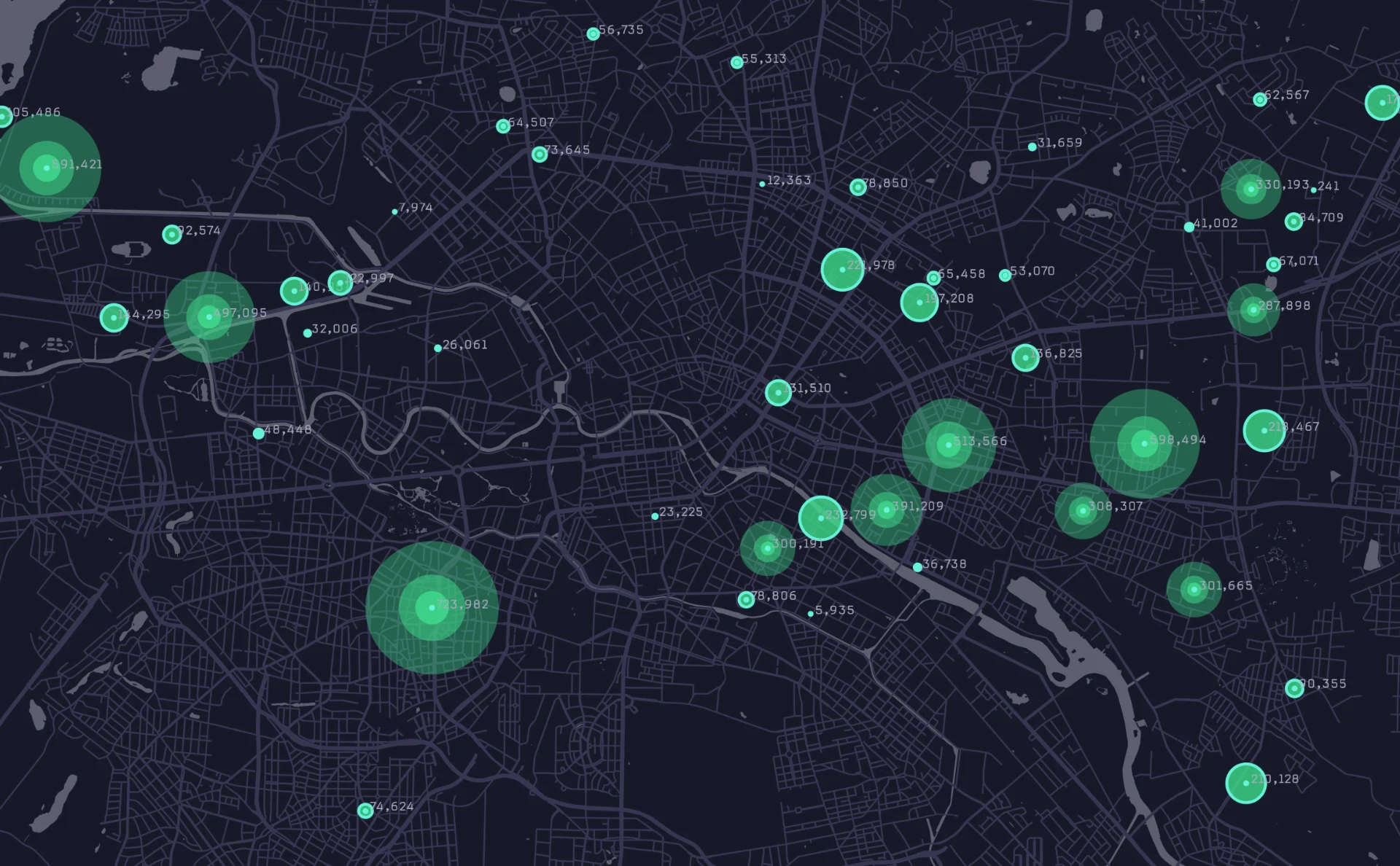Launching the
departing point
Strategic transformation towards Smart Cities: personalization, evaluation, and adaptability
Our approach begins with diagnosing the city’s current situation, ranging from its infrastructure to existing policies. Building on this solid foundation of up-to-date data, we set multi-dimensional, strategic goals designed to address identified challenges and guide the city toward its long-term goals.
With a clear vision, we create a detailed implementation plan that specifies the steps to follow, the necessary resources, and the expected times for each phase. This dynamic plan allows the flexibility to adapt to changes in the environment. It includes an essential monitoring and evaluation component, ensuring the Smart City transformation is effective, efficient, and sustainable.
Initial diagnosis: the path toward Smart Cities
The path toward transforming into a Smart City begins with an essential step: a comprehensive assessment of the city’s current situation. This initial diagnostic process allows for obtaining a clear and complete image of the city’s current state, providing an essential vision that serves as a starting point for the strategic plan.
In this analysis, several key elements are examined. First, a study of the existing infrastructure of the city is made. This includes physical infrastructure, such as roads, buildings, water and electricity systems, and digital infrastructure, including internet connectivity and existing data platforms.
Second, public services are evaluated. This covers various aspects, from transport and waste management to education and health services, providing a detailed view of the quality and effectiveness of the services the city offers to its citizens.
In addition, the technological capacity of the city is examined. This may involve evaluating the adoption and use of digital technologies and the city’s ability to implement and support emerging technologies such as IoT, AI, and Big Data.
Additionally, current policies in the city are reviewed, including local policies and national or regional laws and regulations that may affect the transformation into a Smart City. This policy review allows the identification of potential barriers and opportunities for change.
Finally, the demands and needs of citizens are evaluated. This aspect is crucial since a Smart City must focus on improving the quality of life of its inhabitants. This may involve surveys and consultations to understand the priorities and concerns of the local population.
Collaborative Definition of Objectives and KPIs
After the initial phase of evaluation and analysis of the city, we focus on defining the objectives and indicators that will set the course for the transformation towards a Smart City. This step requires a clear strategic vision and a deep understanding of the city’s priorities.
These objectives are drawn to reflect the city’s long-term goals and, in turn, address the challenges identified in the initial analysis. The objectives are varied and multidimensional, covering different aspects of the city, from infrastructure and services to policies and citizen participation.
Strategic planning for the transformation of a city into a Smart City requires the definition of clear objectives. One or more Key Performance Indicators (KPIs) measure each objective.
This goal and the indicator-setting process are highly interactive and collaborative. It involves a variety of stakeholders in the city, including politicians, administrators, citizens, and local organizations. This collaboration ensures that the objectives and KPIs are relevant, achievable and positively impact the city and its inhabitants.
Development and monitoring of the plan
With a well-defined strategy, we move on to the materialization phase, where we create a detailed plan for its implementation. This action plan is an essential roadmap that specifies the concrete steps the city must take to achieve its stated goals.
It also outlines the necessary human and material resources and the expected times for each phase of the process. By providing this detailed structure, we ensure that all stakeholders understand their responsibilities and implementation timelines, thus facilitating coordination and monitoring of progress.
Deployment is not a static process. We recognize that the environment and circumstances can change; therefore, the strategy and implementation plan must be flexible enough to accommodate these variations. Consequently, we incorporate an essential monitoring and evaluation component into our strategic planning service.
Case studies
We use Greek letters in our use cases to keep the names of our clients confidential.
News
Does it match your approach?







